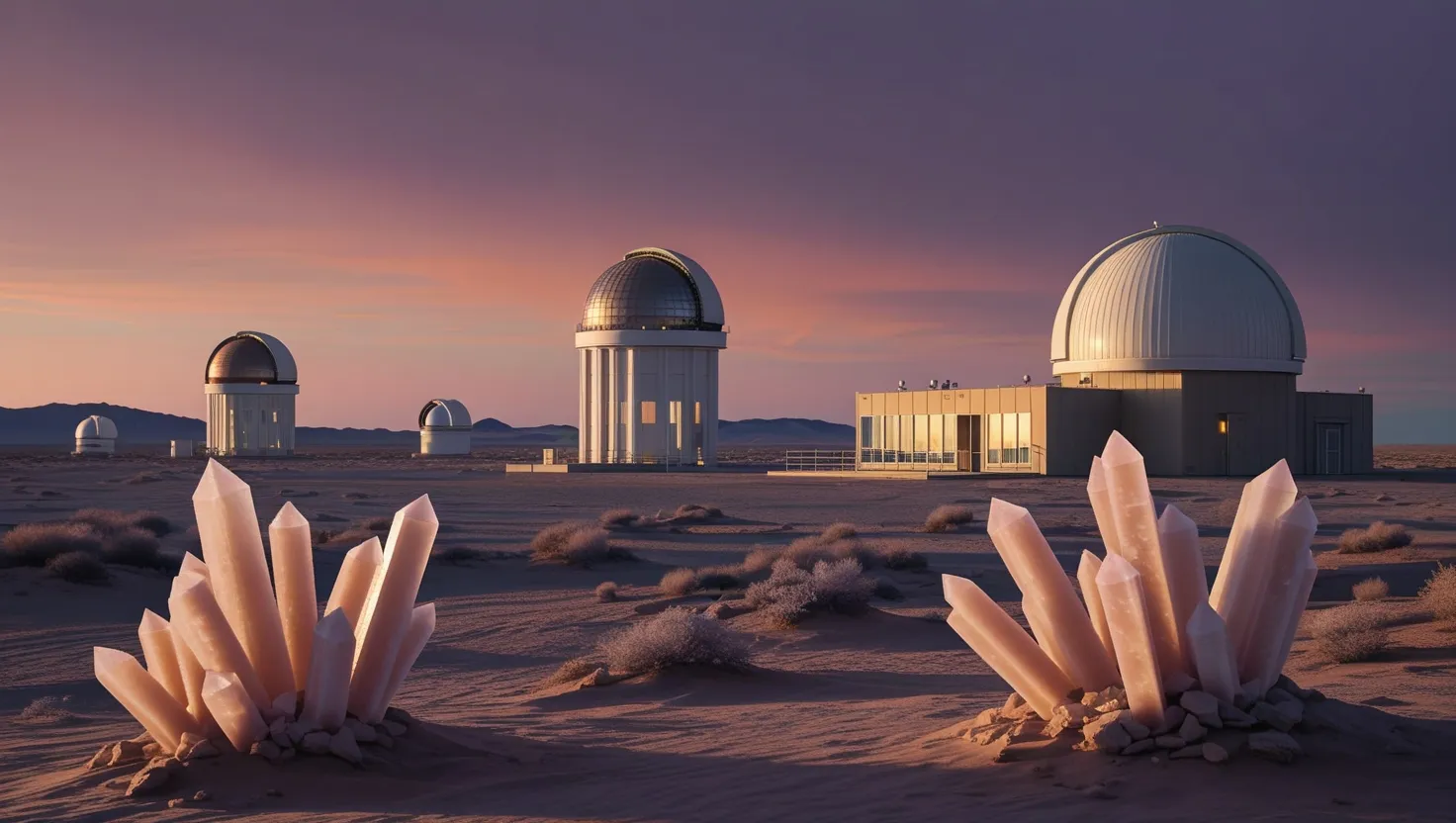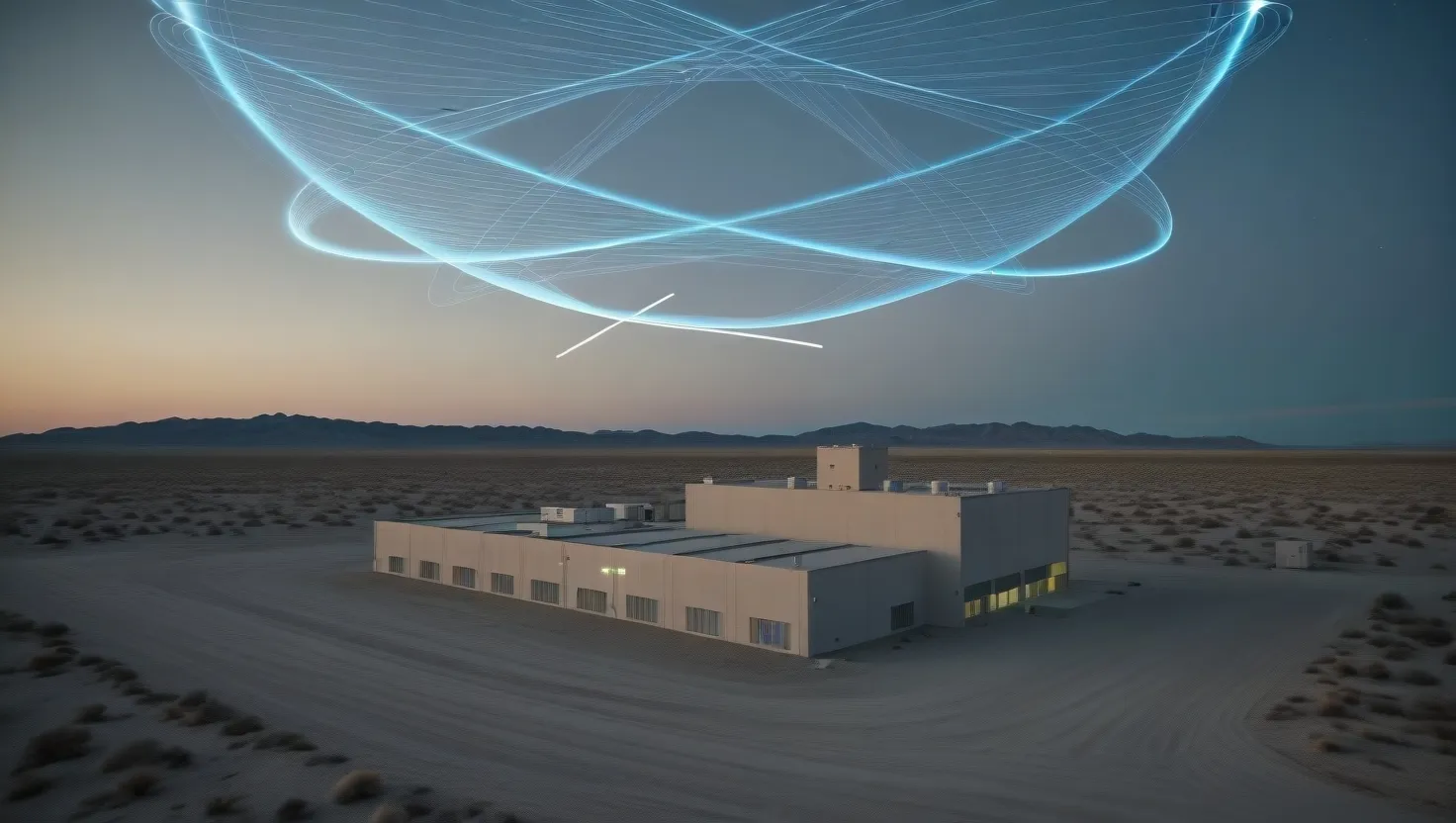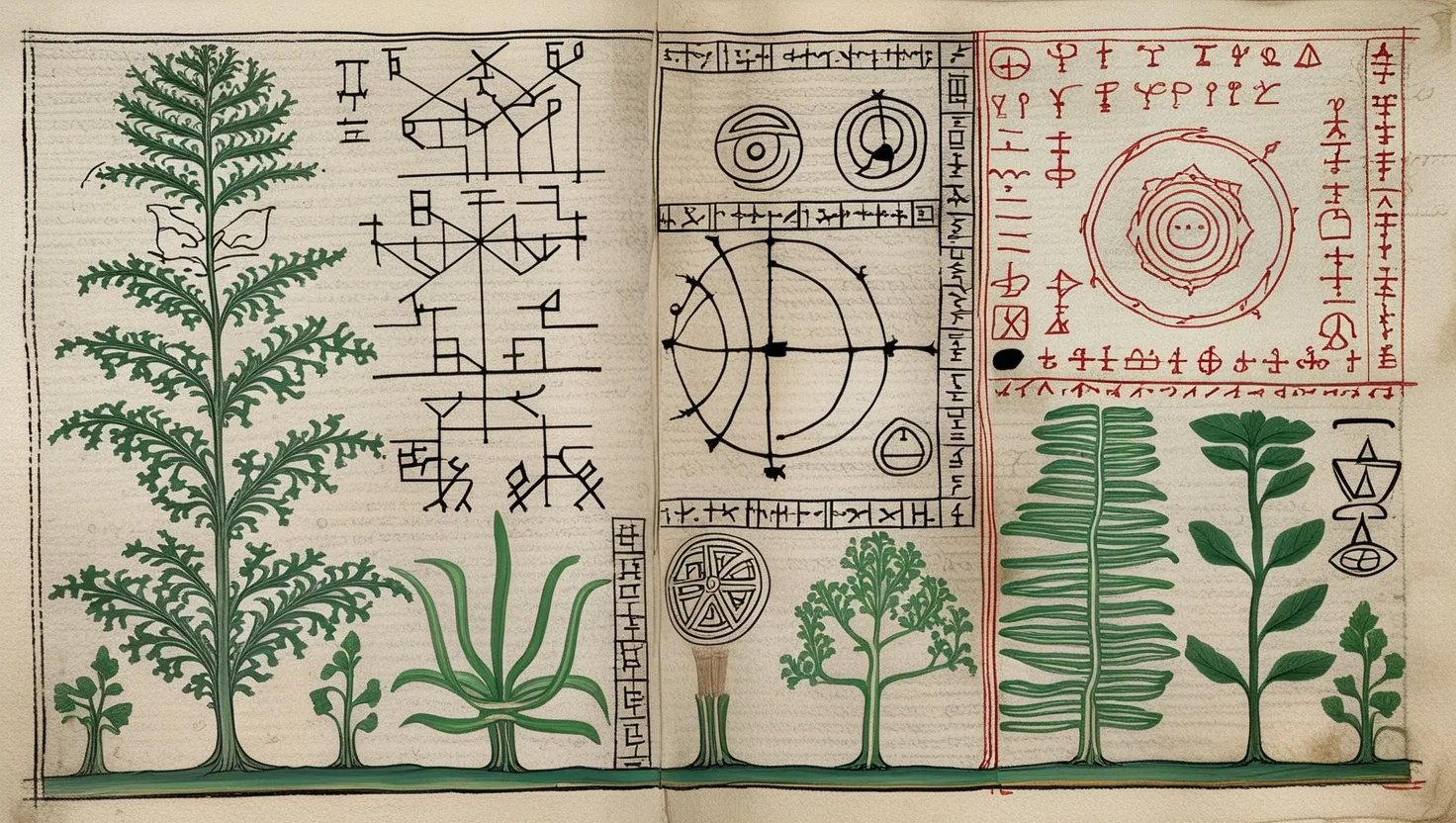The Atacama Desert, a vast expanse of arid land in northern Chile, has long been a source of fascination for scientists and explorers alike. Its extreme conditions have made it a prime location for astronomical observatories and a testing ground for Mars rovers. But recent discoveries in this harsh landscape have sent shockwaves through the scientific community, challenging our understanding of life, computation, and the very nature of intelligence.
In the heart of this unforgiving terrain, researchers have stumbled upon something extraordinary: crystalline formations that defy easy categorization. These microscopic structures exhibit properties that blur the lines between silicon-based life and quantum computing systems, sparking intense debate and speculation among experts across various fields.
As I delve into the details of this groundbreaking discovery, I can’t help but wonder: Are we on the brink of redefining life as we know it? Or have we stumbled upon an entirely new paradigm in quantum computing?
The formations in question are unlike anything scientists have encountered before. They self-replicate using surrounding minerals, a characteristic typically associated with living organisms. Yet, they also maintain quantum coherence at high temperatures, a property that has long been the holy grail of quantum computing research. This unique combination of traits has left many researchers scratching their heads.
“Nature is not only stranger than we imagine, it is stranger than we can imagine,” said J.B.S. Haldane, a quote that seems particularly apt in light of these findings.
One of the most intriguing aspects of these structures is their ability to process information. Complex electrical signals have been observed between clusters, suggesting a form of networked communication. But what are they communicating? And to what end? These questions remain unanswered, adding to the mystery surrounding these formations.
Perhaps even more astonishing is the structures’ adaptability. They respond to environmental changes by modifying their crystalline architecture, a level of responsiveness that is typically associated with living systems. This adaptability raises a crucial question: Could these formations represent a new form of life, one based on silicon rather than carbon?
The implications of such a possibility are staggering. If confirmed, it would fundamentally alter our understanding of what constitutes life and where it can exist. The search for extraterrestrial life, for instance, would need to be drastically expanded to include environments previously thought inhospitable.
But the story doesn’t end there. Military research teams have detected quantum entanglement patterns within these formations that match theoretical models for biological quantum computing. These structures appear to be processing information at rates that exceed modern supercomputers while consuming minimal energy. It’s a level of efficiency that has long been the dream of computer scientists and engineers.
How do you think this discovery might impact our approach to developing quantum computers? Could nature have already solved problems we’re still grappling with in our labs?
Critics argue that these behaviors could be the result of natural crystallization processes, but the organized complexity of these formations suggests something more. Whether artificial or biological in origin, these structures represent a leap forward in our understanding of information processing in extreme environments.
Independent studies have revealed another layer of intrigue. The formations respond to specific electromagnetic frequencies by altering their growth patterns. This responsiveness to external stimuli adds another dimension to their potential intelligence or computational capabilities.
Interestingly, similar formations have been discovered in other high-altitude deserts around the globe. This global distribution has led some researchers to speculate about a connection to cosmic radiation or classified experiments in quantum biology. The possibility of a wider phenomenon only adds to the excitement and mystery surrounding these discoveries.
“The most beautiful thing we can experience is the mysterious. It is the source of all true art and science,” Albert Einstein once said. These words ring particularly true in the face of this enigmatic discovery.
As we continue to unravel the mysteries of these desert anomalies, we find ourselves at the intersection of multiple cutting-edge fields of study. The case challenges traditional definitions of life and computation, forcing us to reconsider our assumptions about the nature of intelligence and information processing.
For quantum computing researchers, these formations provide a tantalizing glimpse of alternative approaches to information processing. Could the secret to stable, room-temperature quantum computing lie in mimicking these natural structures? The potential implications for the field are enormous.
Similarly, for astrobiologists and those searching for extraterrestrial life, this discovery opens up new avenues of exploration. If life can exist in such an unexpected form in the harsh environment of the Atacama, where else might we find it in the universe?
As we stand on the precipice of this new frontier, I can’t help but feel a sense of awe at the possibilities that lie ahead. The Atacama Living Circuit, as some have begun to call it, represents a convergence of life and technology that we’ve previously only imagined in science fiction.
What other secrets might be hiding in the extreme environments of our planet? And how might these discoveries reshape our understanding of life, intelligence, and computation?
The journey of scientific discovery is often one of surprises and paradigm shifts. The crystalline formations of the Atacama Desert serve as a powerful reminder that nature still has many secrets to reveal. As we continue to explore and understand these remarkable structures, we may find ourselves rewriting textbooks and reimagining the boundaries of what’s possible.
In the end, whether these formations represent a new form of silicon-based life or a breakthrough in quantum computing - or perhaps something entirely different that we’ve yet to conceive - their discovery marks a significant milestone in our quest to understand the fundamental nature of our universe.
As we move forward, it’s crucial that we approach this discovery with open minds and rigorous scientific inquiry. The potential applications and implications are vast, touching on fields ranging from computing and materials science to astrobiology and philosophy.
The Atacama Living Circuit stands as a testament to the wonders that still await us in the most unexpected places. It challenges us to think beyond our current paradigms and imagine new possibilities. As we continue to study and understand these remarkable formations, we may find ourselves on the brink of a new era in our understanding of life, intelligence, and the fundamental nature of information processing in our universe.






